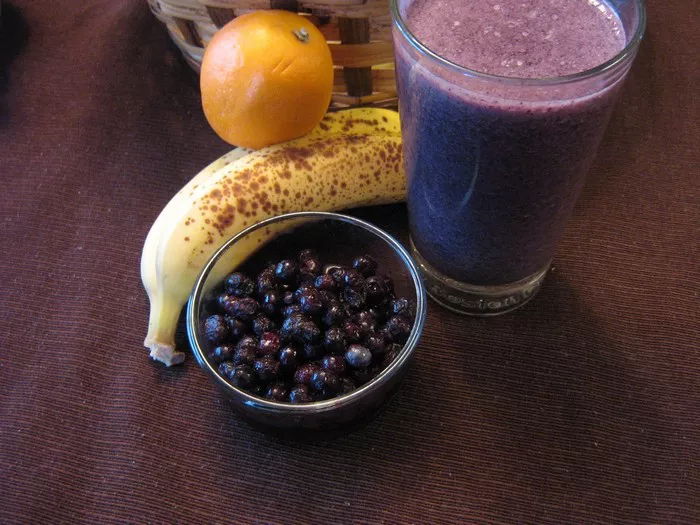Fondant is a versatile and elegant medium used in cake decorating, known for its smooth finish and ability to transform desserts into edible art. While it may seem intimidating to beginners, mastering fondant is achievable with patience, practice, and an understanding of both culinary techniques and the psychology behind creative processes. This article explores the step-by-step creation of fondant while weaving in insights from psychology to explain why certain methods work and how the process can enhance mental well-being.
Understanding Fondant
What Is Fondant?
Fondant is a pliable sugar paste used to cover cakes, sculpt decorations, and create intricate designs. It comes in two primary forms: rolled fondant (used for covering cakes) and poured fondant (a glaze for pastries). This article focuses on rolled fondant, which is kneaded, rolled, and shaped by hand.
Ingredients and Tools
The basic ingredients for homemade fondant include gelatin, glycerin, glucose syrup, powdered sugar, and vanilla extract. Specialty tools like a silicone mat, rolling pin, and fondant smoothers help achieve a flawless finish. Store-bought fondant is also available, but homemade versions offer customization in flavor and texture.
The Art and Science of Making Fondant
Preparing the Base
Begin by blooming gelatin in water—a process that hydrates the gelatin to activate its thickening properties. Heat the mixture gently until dissolved, then blend in glycerin and glucose syrup. These steps require precision, as overheating can alter the texture.
Mixing and Kneading
Incorporate powdered sugar gradually into the liquid mixture until a dough forms. Knead the fondant on a silicone mat dusted with powdered sugar. This step demands physical effort, as kneading develops the fondant’s elasticity. The repetitive motion here is not just mechanical; it engages the brain’s sensory pathways, promoting a calming effect similar to mindfulness practices.
Resting and Storing
Wrap the fondant tightly in plastic wrap and let it rest for at least 24 hours. This allows the ingredients to fully bind, reducing air bubbles. Psychologically, this waiting period mirrors the concept of delayed gratification—a practice linked to improved self-control and long-term goal achievement.
The Psychology of Precision in Fondant Making
Attention to Detail and Cognitive Focus
Creating fondant requires meticulous attention to measurements and temperatures. This precision activates the brain’s prefrontal cortex, responsible for decision-making and focus. Engaging in such detailed work can sharpen cognitive skills over time, much like solving puzzles or learning a new language.
Repetition as a Form of Stress Relief
Kneading fondant involves repetitive, rhythmic motions that trigger the release of serotonin, a neurotransmitter associated with mood regulation. This process parallels activities like knitting or gardening, which are often recommended for reducing anxiety and fostering a meditative state.
Troubleshooting Common Fondant Challenges
Managing Cracks and Dryness
If fondant cracks, it may be too dry. A small amount of vegetable shortening kneaded into the dough can restore flexibility. This problem-solving moment encourages adaptability—a psychological trait that builds resilience in both baking and daily life.
Avoiding Sticking and Tears
When rolling fondant, use powdered sugar to prevent sticking. Tears can be smoothed with a bit of water. These minor corrections teach patience and reinforce the idea that imperfections are opportunities for growth, a mindset central to positive psychology.
Creativity and Self-Expression Through Fondant
Color and Emotion
Adding food coloring to fondant opens a world of creativity. Color psychology suggests that hues like blue evoke calmness, while red stimulates appetite. Choosing colors intentionally can enhance the emotional impact of a dessert.
Sculpting and Artistic Flow
Shaping fondant into flowers, figures, or patterns engages the brain’s right hemisphere, which governs creativity. Entering a “flow state” during this process—a term coined by psychologist Mihaly Csikszentmihalyi—can lead to heightened focus and a sense of fulfillment.
The Social and Emotional Rewards of Fondant Art
Sharing Creations and Building Connections
Decorated cakes are often centerpieces at celebrations. Sharing fondant art fosters social bonds and activates the brain’s reward system through positive feedback. This social validation reinforces motivation and joy.
Therapeutic Benefits of Baking
Baking and decorating with fondant can serve as a therapeutic outlet. The tactile experience of handling fondant stimulates the senses, grounding individuals in the present moment—a core principle of mindfulness-based stress reduction.
Conclusion
Mastering fondant is more than a culinary skill; it’s a journey that blends science, creativity, and psychology. From the precision of measuring ingredients to the freedom of artistic expression, each step offers opportunities for cognitive growth and emotional well-being. Whether you’re a professional baker or a home enthusiast, the process of making fondant invites mindfulness, patience, and joy. By understanding the interplay between technique and psychology, you can transform simple ingredients into edible masterpieces while nurturing your mental health.
Related topics:
























